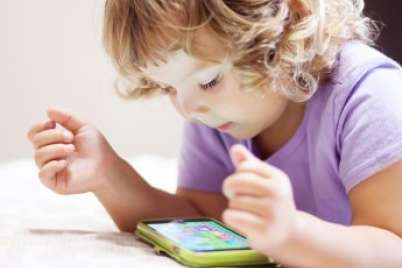
How to help children connect with nature
We live in a world overflowing with technology. Cars talk to us, phones entertain us, houses are “smart,” and wristwatches monitor our vitals. Are we living in Brave New World or 1984? Whichever we imagine, one thing is certain: our attachment to technology strains our connection with nature.
Staying connected to the natural world is important because more research is emerging every year on nature’s health effects, especially in the lives of our children. According to Dr. Vicki Harber:
Children who play in nature have better grades in school, greater focus, better cognitive function, and more creativity. And when researchers compare children who play outdoors with those who play indoors, they find that the outdoor children have less stress, reduced aggression, and more happiness.
Here are six tips to help you provide your kids with the benefits of outdoor play in nature:
- Start by going outside
One of the first places to start is getting outside into any sort of natural space close to your home—whether that’s a city park, a regional nature reserve, or a full-blown provincial or national park—and taking a simple trail walk or nature hike. Regardless of the size of the natural space, even small degrees of contact with trees, plants, animals, insects, and water courses can deliver benefits to you and your children. - Let them get dirty
In the process, you need to be open to the idea that your kids might get dirty when they get into nature. In fact, if you’re doing nature “right,” you should probably see a little grime on their clothes and tree sap on their hands. Be sure to let them get dirty by jumping in puddles, building forts, rolling over rocks and logs to look for bugs and worms, and picking up sticks, leaves, and pinecones. All the while, their senses will be stimulated by the textures, sights, and sounds of the natural world around them. - Play simple games
You can also connect your children with nature by playing games in the natural space you’re exploring. You don’t need any equipment or expertise to play games such as follow the leader, I spy, hide-and-go-seek, and pick up sticks. However, if you are more ambitious and ready to do a little preparation in advance, you might even want to organize a scavenger hunt or try geocaching. - Utilize books and resources
If you want to take a deep dive into all of the imaginative ways to get your kids interacting with nature, there are plenty of great books and online resources available. Check out Angela J. Hanscom’s bestselling book Balanced and Barefoot and Richard Louv’s Vitamin N: The Essential Guide to a Nature-Rich Life for great activities and tips. You can also consider starting a nature club using online resources from the Children and Nature Network. - Our kids need this
Between hours sitting in school or being engrossed in screen devices, and societal concerns over supervision and safety, today’s kids are increasingly less likely to get into nature and experience the important benefits for their health and well-being. As Richard Louv established with his book Last Child in the Woods, nature-deficit disorder has become a significant threat to our children, and this is why we need to take an active role in getting our kids into outdoor spaces. - Make a list, set a date
Start by making a list of the natural spaces available nearby. Do you have a city park within walking distance of your home? Is there a regional or provincial park with hiking trails that you can easily reach by bike, car, or public transit? Once you have created a simple inventory of the natural spaces available to you, look at your calendar and see if you can schedule some regular outings with your children into the outdoors.
Related read: How your child’s screen time really stacks up against outdoor play
Don’t sweat the details too much. Being in nature is not about planning much or organizing too many (if any) structured activities. Most importantly, it’s about encouraging your kids to get outside to explore and experience the unpredictable magic of dirt, dust, wind, water, leaves, and trees.





